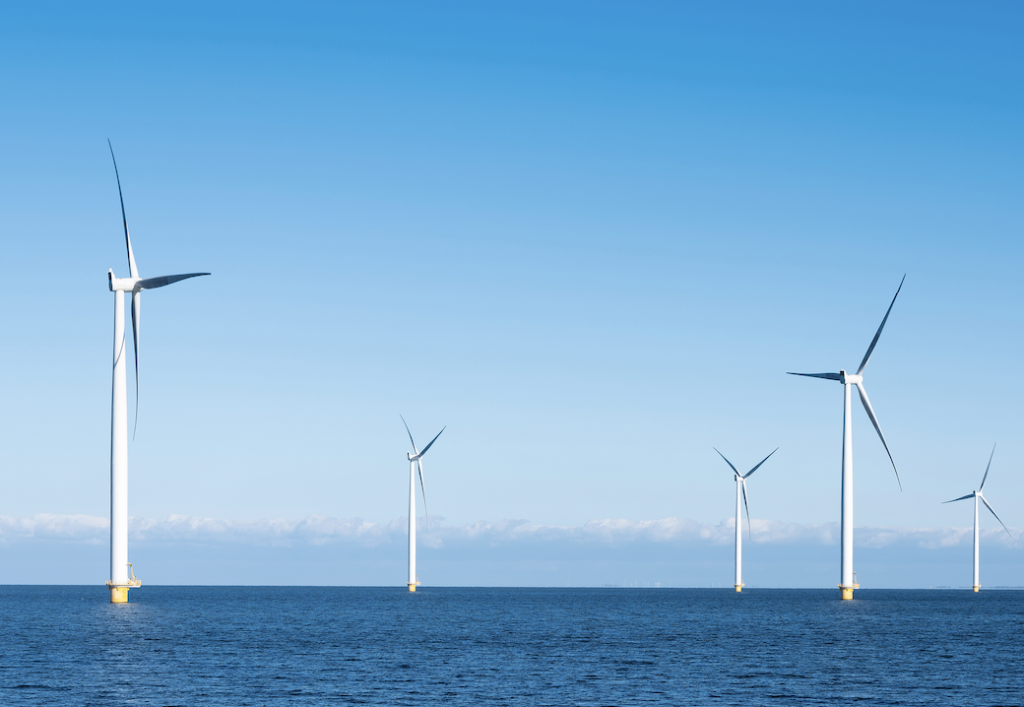COURT HOUSE – In a press release June 16, three state nonprofit groups have announced filing suit in the New Jersey Appellate Division seeking to stop the development of the Ocean Wind I wind farm.
Save LBI, Defend Brigantine, and Protect Our Coast NJ are challenging the state Department of Environmental Protection’s (DEP) approval of the Danish firm Ørsted’s construction of a 100-turbine wind farm between 9 and 15 miles off the coast of Atlantic City and northern Cape May County.
The groups challenge the DEP ruling that the wind farm construction is consistent with the state’s coastal management regulations.
In an April 27 letter, the DEP stated its ruling of “conditional consistency,” referencing six conditions stated in the letter which must be implemented to the satisfaction of the agency. The conditions were not of the type capable of ameliorating many of the expressed concerns from the opposing groups.
The litigation comes as a federal watchdog agency, the U.S. Government Accountability Office (GAO), has announced it will “review matters relating to the potential impacts of offshore wind energy developments” in the North Atlantic region. That review will include consideration of impacts on “infrastructure and vessel traffic.”
Gaining agreement for an independent federal agency review has been a goal of many of the groups opposing the offshore wind initiative.
The Appellate Division already has cases before it from Cape May County and Ocean City challenging the New Jersey Board of Public Utilities’ recently granted authority to overrule local governing bodies on decisions concerning offshore wind on land transmission cable routes.
In the papers filed by the three nonprofits, the argument made is that the enormous wind turbines will be “fully visible” from the beaches and that the weight of the turbines will “crush and destroy the seabed.”
In the press release, Attorney Bruce Afran terms the DEP decision the product of a “bizarre belief that this massive engineering project will not injure our state’s coastal zone.”
In the suit, Ørsted is named a co-defendant along with the DEP. Afran warned that the “offshore wind industry” should understand that “it will face fierce and growing legal battles if it continues this destructive mission.”
The DEP has not yet had sufficient time to file a reply to the complaint with the court. The court filing papers have a standard question that seeks a party’s sense of whether the Civil Appeals Settlement Program (CASP) could “aid in the disposition or handling of the appeal.”
The filing by the groups opposing the DEP made clear their opinion that the “CASP hearing process will merely delay briefing and argument and will injure the public interest.”
The groups claim the DEP decision was a product of a “political initiative to foster wind turbine development in New Jersey.” The filing adds the judgment that “the matter does not appear to be susceptible to conventional settlement.”
The legal battles are being waged in various court venues. In March, a federal judge dismissed a case challenging the U.S. Department of the Interior’s designation of new offshore wind areas near New Jersey and New York.
The judge ruled that the federal agency did not have to do a complete environmental analysis before selecting areas for future development. That analysis would come, the court said, in its proper place before developers were authorized to construct wind farms.
Meanwhile, lease area auctions continue to attract record bids as companies bet the legal maneuvers to stop the wind farms will fail. A February 2022 auction for the area that was the subject of the federal suit off New York and New Jersey produced almost $4.4 billion in bids.
To complicate matters further, a new study by the Westwood Global Energy Group reports that inflation has had an unsettling impact on offshore wind development globally. Financing this expenditure surge could take the form of high takeoff consumer prices or indirect consumer funding through tax incentives.
The Westwood prediction comes as the Herald reported June 9 on a study by the Sweeney Center at Rowan University, which argues that New Jersey should provide federal tax incentives from the federal infrastructure bill to wind companies to help offset inflationary pressures.
Contact the author, Vince Conti, at vconti@cmcherald.com.
Wildwood Crest – I believe there is a report that the Administration is thinking about taking some Palestinians into the country as refugees. Why not? They let in over 7 million that have come from many countries.








